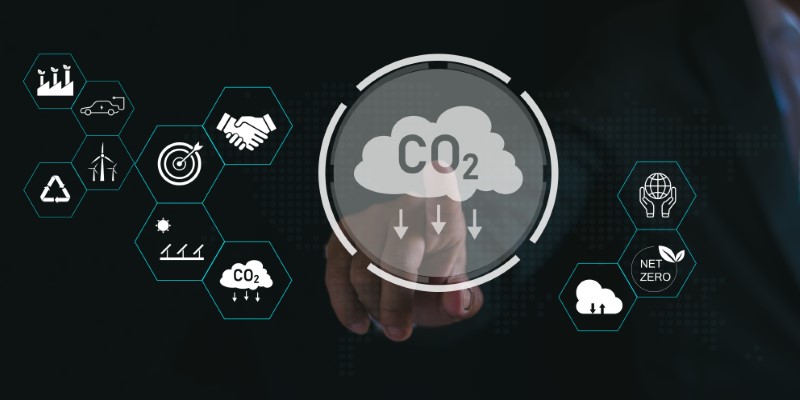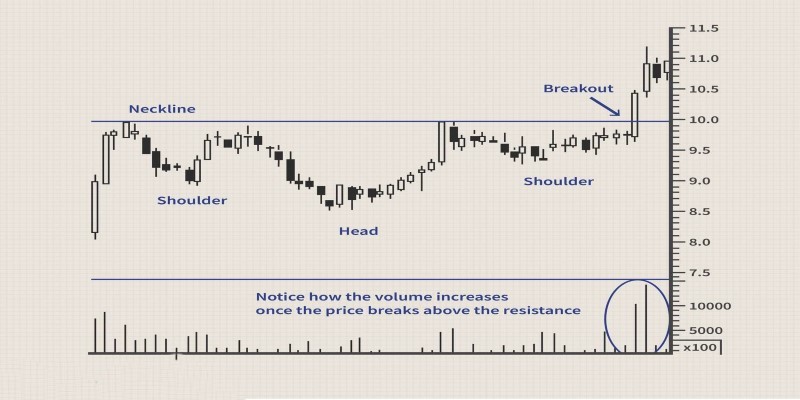Understanding Carbon Trade: A Beginner's Guide to Carbon Trading
Carbon trading, or emissions trading, is a pivotal strategy in combating climate change. It operates within a cap-and-trade system where a limit (or cap) is set on the amount of greenhouse gases a region or sector can emit. Businesses are granted permits to release a certain amount of carbon dioxide or other greenhouse gases. Should a company emit below its allotted quota, it has the opportunity to vend its surplus permits to other entities surpassing their emission thresholds. This system fosters a monetary motivation for enterprises to streamline emission reduction practices effectively.
Moreover, carbon offsetting allows entities to invest in environmental projects to compensate for their emissions, such as reforestation or renewable energy initiatives. Ultimately, carbon trading promotes emission reductions while encouraging innovation in cleaner technologies.
What Is Carbon Trade?
Carbon trading is a market mechanism designed to curb greenhouse gas emissions by assigning a financial worth to carbon. By valuing emissions, it incentivizes businesses and individuals to adopt cleaner practices. This system fosters a dynamic marketplace where emission allowances can be bought and sold, encouraging innovation in emission reduction technologies.
Carbon trading aims to combat climate change by harnessing economic forces to drive sustainable practices. This approach addresses environmental concerns and promotes economic efficiency and innovation in the transition toward a greener future.
How Does Carbon Trade Work?
Carbon trading is a market-based mechanism designed to reduce greenhouse gas emissions, particularly carbon dioxide (CO2), to mitigate climate change. It operates on the principle of cap and trade, which involves setting a limit (or cap) on the total emissions allowed within a certain jurisdiction or industry sector. Here's a breakdown of how carbon trading works:
Cap Setting and Allocation:
Government or regulatory bodies cap the total amount of carbon emissions permissible. This cap is usually gradually reduced over time to encourage emission reductions. This cap allocates emission allowances to participating entities, such as industries or power plants, either for free or through auctions.
Trading of Emission Allowances:
When entities emit less than their allocated limit, they can sell surplus allowances to those surpassing their cap. This system forms a carbon credit market, where prices are shaped by supply and demand dynamics, affected by factors like regulatory policies, technological progress, and economic circumstances.
Flexibility and Cost-effectiveness:
Carbon trading offers companies flexibility in meeting their emission reduction targets. Those facing challenges in reducing emissions can purchase allowances to comply with regulations. In contrast, those who can reduce emissions at a lower cost have the opportunity to sell their surplus allowances, making emission reductions more cost-effective overall.
Verification and Compliance:
Carbon trading schemes require robust monitoring, reporting, and verification mechanisms to ensure transparency and credibility. Participating entities must accurately measure and report their emissions, which independent auditors verify. Non-compliance can result in penalties or expulsion from the trading scheme.

The Role of Carbon Offset
Carbon offsetting plays a vital role in carbon trading, enabling individuals and organizations to counterbalance their carbon emissions. This is achieved by investing in initiatives that either diminish or eliminate greenhouse gases from the atmosphere. These projects, known as carbon offset projects, can take various forms:
Reforestation and Afforestation:
Planting trees or reestablishing forests to sequester atmospheric carbon dioxide.
Renewable Energy:
Investing in renewable energy sources such as wind, solar, or hydroelectric power to replace fossil fuel-based energy generation.
Energy Efficiency:
Implementing measures to improve energy efficiency in buildings, transportation, and industrial processes, thereby reducing emissions.
Methane Capture is the process of capturing and utilizing methane emissions from landfills, livestock, or industrial processes to prevent their release into the atmosphere.
Individuals and organizations can effectively neutralize their carbon footprint by investing in carbon offset projects, contributing to global efforts to combat climate change.
Benefits and Challenges of Carbon Trade:
Carbon trading, also known as emissions trading, is a market-based approach to controlling pollution by providing economic incentives for reducing greenhouse gas emissions. This system offers several benefits, categorized into environmental, economic, and social advantages.
Emission Reduction:
Carbon trading encourages industries to reduce emissions by imposing a cap on allowable emissions. This incentivizes companies to invest in cleaner technologies and practices to meet their emission targets, decreasing overall greenhouse gas emissions.
Promotion of Renewable Energy:
Carbon trading creates a financial value for carbon emissions, promoting the adoption of renewable energy sources such as wind, solar, and hydroelectric power. This shift from fossil fuels mitigates climate change and reduces air pollution.
Cost-effectiveness:
Carbon trading enables companies to select the most economical method for decreasing emissions. Entities capable of reducing emissions at a lower expense can sell their surplus allowances to those encountering higher costs, thereby guaranteeing emission reductions are attained at the most affordable societal cost.
Health Improvement:
Carbon trading contributes to improved air quality and public health by reducing emissions of pollutants associated with fossil fuel combustion, such as particulate matter and sulfur dioxide. This leads to fewer respiratory illnesses and related healthcare costs.
Challenges and Criticisms
While carbon trade has gained traction as a tool for reducing emissions, it has challenges and criticisms. Some common concerns include:
Carbon Leakage: Industries may relocate to regions with less stringent emission regulations, leading to a displacement rather than a reduction in emissions.
Market Volatility: The price of carbon credits can fluctuate, posing challenges for businesses in planning and budgeting for emission reduction strategies.
Validity of Offsets: There is debate over the effectiveness and legitimacy of certain carbon offset projects, raising questions about their true impact on emissions reduction.

Conclusion
Carbon trade, which focuses on creating financial incentives for emissions reduction, plays a significant role in the global effort to combat climate change. It offers a pathway towards a more sustainable future by putting a price on carbon emissions and promoting investment in carbon offset projects.
However, it is essential to address challenges and criticisms to ensure the effectiveness and integrity of carbon trading mechanisms. As we navigate the complexities of climate change, carbon trade remains a vital tool in our collective efforts to safeguard the planet for future generations.












